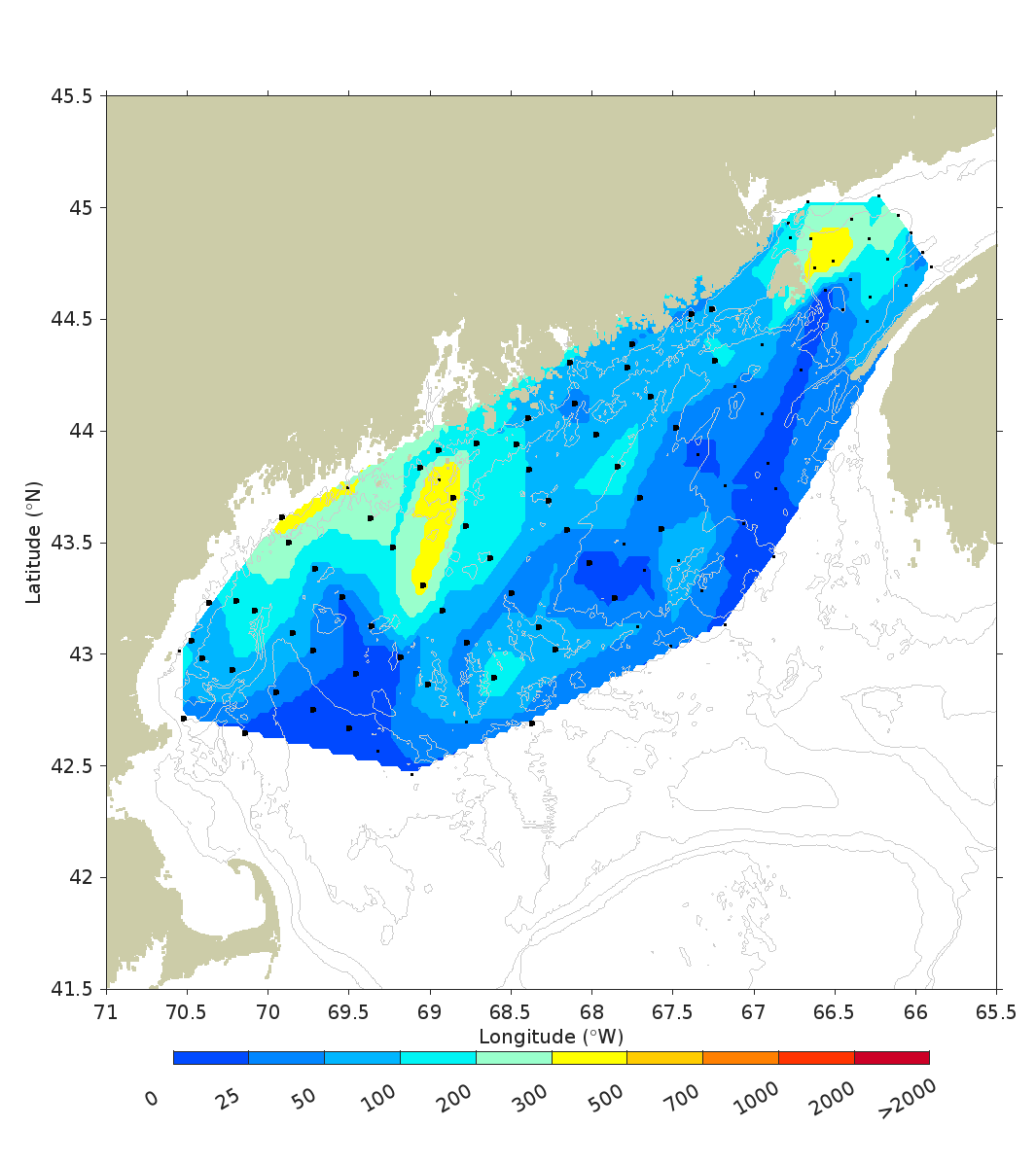
Researchers with NOAA’s National Centers for Coastal Ocean Science (NCCOS) are expecting another low red tide for the Gulf of Maine this spring and summer, continuing the pattern of smaller blooms observed in the region over the last few years.
Gulf of Maine red tide is caused by Alexandrium catenella algae, which produce a toxin that can accumulate in shellfish and can result in serious or even fatal illness in people who eat contaminated shellfish. NCCOS and partners produce a yearly red tide forecast for the Gulf of Maine that helps state shellfish managers gauge the severity of the season’s harmful algal blooms before they occur, reducing the possibility of recalls and miscommunication that can lead to reduced seafood consumption.
The Gulf of Maine forecast deployed by NCCOS is based on data collected about Alexandrium’s dormant stage, when it exists as seed-like cysts in ocean sediments before growing into the swimming cells in the spring that can produce red tide. Scientists can estimate the size of red tides in the spring and summer by counting the number of cysts in bottom sediments the preceding fall or winter. In October 2023 aboard NOAA Ship Pisces, researchers from NCCOS and the Woods Hole Oceanographic Institution collected the data needed to map the presence of red tide cysts in the gulf (Figure 1), and to project the size of the red tide in 2024. The cyst abundance ranked 19 out of 21 years of sampling, representing the third lowest cyst abundance on record.
Once the bloom begins, NOAA will provide coastal stakeholders with weekly updates of modeled bloom extent, trajectory, and intensity throughout the spring and summer, and guidance to states monitoring harmful algae and shellfish toxicity along the coast. This marks the seventeenth year that NOAA and its partners have issued the seasonal forecast, which enables proactive responses to protect coastal economies, making the region more resilient to red tide outbreaks. To learn more, visit the forecast webpage.
